As the future of Pakistan wallows in uncertainty, parallels are being drawn to the 1979 fall of the Shah and the Islamic Revolution in Iran. Once again, a liberal elite rails against a dictator, confident that their country is primed for secular democracy, but ready to embrace a politics of rage in which Islamist extremists thrive.
As the future of both Pakistan and its president, Pervez Musharraf, wallow in uncertainty in the wake of Benazir Bhutto’s assassination, parallels are being drawn to the 1979 fall of the Shah and the Islamic Revolution in Iran. Once again, a “pro-American” autocrat seems to be rapidly losing his grip on power, with his US ally only half-heartedly standing by him. The liberal elite and intelligentsia rail against the dictator, confident that their country is primed for secular democracy.
The obvious lesson to be drawn from 1979 is that America unwisely rested its entire strategic relationship with Iran on the shoulders of an unpopular dictator. When his regime crumbled, so did America’s ability to realize its interests there.
But the Iranian revolution holds another lesson for Pakistani liberals: obsessed with evicting the Shah, Iran’s intelligentsia was delusional about their own society and their potential to emerge victorious via an abrupt political upheaval. Once the Shah left, the radical minority that was willing to fight and die for its cause devoured the “moderate majority,” establishing Islamist rule in short order.
To be sure, profound political and cultural distinctions exist between Iran in the 1970’s and contemporary Pakistan. Iran lacked an independent judiciary, basic press freedoms, and civil society organizations. Contemporary Pakistan has, to varying degrees, all of these. More importantly, Iran’s Shia clerics were both organized and politically active in a way that Pakistan’s Sunni clergy have not been. Indeed, Pakistan’s Islamist parties have never won more than 12% of the popular vote.
It would be wrong, however, to think that Pakistan is immune from the Muslim world’s Islamist undercurrents. Around 40% of Pakistanis live below the poverty line, half the population is illiterate, and, among those who are literate, many have been schooled in Wahhabi-funded madrasas. Various opinion polls consistently show that a sizable minority of Pakistanis has a favorable view of Osama bin Laden, an unfavorable view of the US, and believe that implementing Islamic law (Sharia) should be a priority.
A Pakistani intellectual once confessed to me, “I fear the weak electoral showings of Islamists in Pakistan has more to do with the fact that a compelling, charismatic Islamist leader – a Pakistani Hassan Nasrallah – has yet to emerge, not that his message wouldn't resonate.” Few Iranians had ever heard of Ayatollah Khomeini until 1978, but it didn’t take long for his message to electrify millions.
The army has always been the strongest bulwark in assuring that Pakistan does not go the way of Iran. But while the officer corps may be steadfast defenders of secular rule, the rank and file reflects Pakistani society. In the event of an Islamist political awakening, the army’s allegiances are not guaranteed. In Iran, apart from senior commanders, who were either killed or fled the country, the Shah’s powerful, staunchly secular army switched sides to Khomeini’s revolutionary government virtually overnight.
This is not to suggest than an Islamist awakening in Pakistan is on the horizon, or that Pakistanis must choose between an unpopular autocrat or a Taliban-style government. On the contrary, Pakistan’s liberals are brave to agitate for democracy, the rule of law, and accountability for Musharraf, whose presidency appears beyond rehabilitation. But they should learn from Iran’s revolution that their means of agitating for political reform are relevant to the political ends they hope to achieve.
Emotions are raw in the aftermath of Bhutto’s death. More than 50 people have been killed in riots, and both her party and that of former Prime Minister Nawaz Sharif are contemplating mass demonstrations to bring down Musharraf's government. But the politics of rage, retribution, and rioting will not bring the kind of tranquil, pluralistic democracy that Bhutto envisioned. The desire to exact revenge on Musharraf for stifling democracy and failing to provide Bhutto with sufficient security will only inflame a political atmosphere that Pakistani liberals seek to de-radicalize.
Not only in Iran, but also in Lebanon, Palestine, and Iraq, history has shown that Islamists thrive amid political chaos and violence. Similarly in Pakistan, it is dangerous to bet that the country’s pro-democracy lawyers, intellectuals, and students will emerge victorious in the tumult and potential carnage of street politics.
As John Limbert, the erudite Iran scholar and retired US diplomat (taken hostage in Iran for 444 days) once reflected on the 1979 Iranian revolution, “Our liberal-minded Iranian friends proved to be helpless in political turmoil....[T]hey could write biting editorials,” but lacked the stomach to “throw acid, beat up opponents, organize street gangs...and engage in the brutality that wins” in political uprisings.
Pakistani liberals may be right that their country is invulnerable to an Islamist power grab. But the costs are too high to be impulsive, and the storms of political Islam are difficult to forecast.
In 1978, Iran’s liberals were bent on removing the Shah by any means. Instead of creating an atmosphere conducive to an Iranian Gandhi, they unwittingly helped usher into power Ayatollah Khomeini and a theocratic regime less tolerant than the one they helped unseat. Three decades later, millions of chastened Iranians wish they could relive those heady days differently; their Pakistani counterparts would be wise to heed their hindsight.
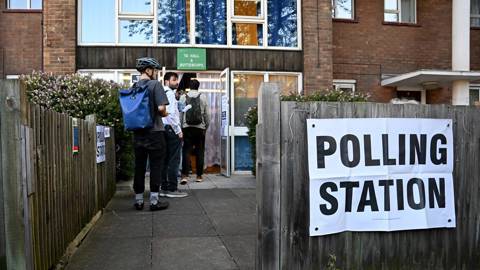
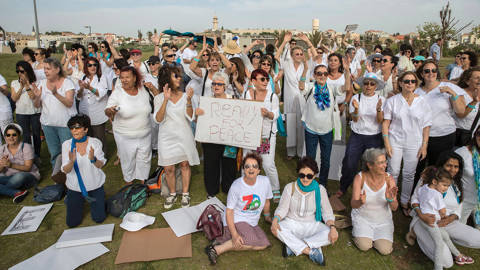
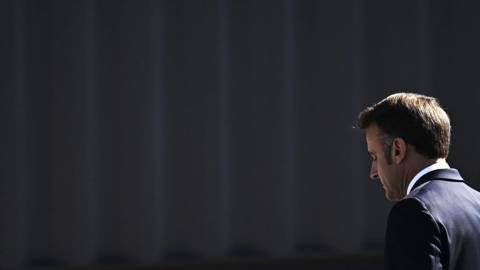
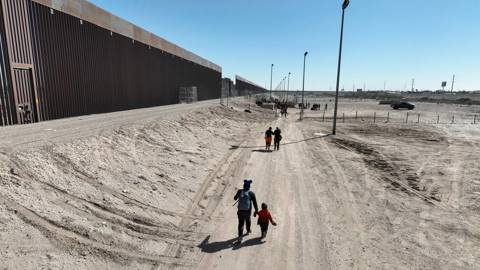



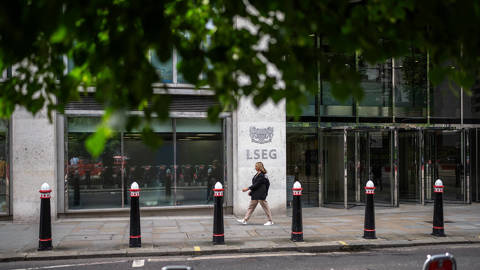
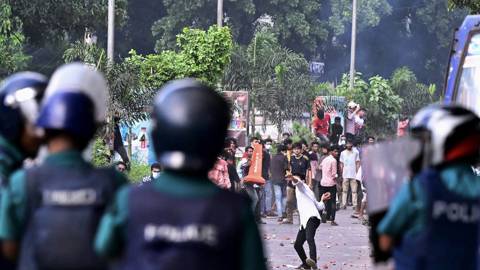
As the future of both Pakistan and its president, Pervez Musharraf, wallow in uncertainty in the wake of Benazir Bhutto’s assassination, parallels are being drawn to the 1979 fall of the Shah and the Islamic Revolution in Iran. Once again, a “pro-American” autocrat seems to be rapidly losing his grip on power, with his US ally only half-heartedly standing by him. The liberal elite and intelligentsia rail against the dictator, confident that their country is primed for secular democracy.
The obvious lesson to be drawn from 1979 is that America unwisely rested its entire strategic relationship with Iran on the shoulders of an unpopular dictator. When his regime crumbled, so did America’s ability to realize its interests there.
But the Iranian revolution holds another lesson for Pakistani liberals: obsessed with evicting the Shah, Iran’s intelligentsia was delusional about their own society and their potential to emerge victorious via an abrupt political upheaval. Once the Shah left, the radical minority that was willing to fight and die for its cause devoured the “moderate majority,” establishing Islamist rule in short order.
To be sure, profound political and cultural distinctions exist between Iran in the 1970’s and contemporary Pakistan. Iran lacked an independent judiciary, basic press freedoms, and civil society organizations. Contemporary Pakistan has, to varying degrees, all of these. More importantly, Iran’s Shia clerics were both organized and politically active in a way that Pakistan’s Sunni clergy have not been. Indeed, Pakistan’s Islamist parties have never won more than 12% of the popular vote.
It would be wrong, however, to think that Pakistan is immune from the Muslim world’s Islamist undercurrents. Around 40% of Pakistanis live below the poverty line, half the population is illiterate, and, among those who are literate, many have been schooled in Wahhabi-funded madrasas. Various opinion polls consistently show that a sizable minority of Pakistanis has a favorable view of Osama bin Laden, an unfavorable view of the US, and believe that implementing Islamic law (Sharia) should be a priority.
A Pakistani intellectual once confessed to me, “I fear the weak electoral showings of Islamists in Pakistan has more to do with the fact that a compelling, charismatic Islamist leader – a Pakistani Hassan Nasrallah – has yet to emerge, not that his message wouldn't resonate.” Few Iranians had ever heard of Ayatollah Khomeini until 1978, but it didn’t take long for his message to electrify millions.
SUMMER SALE: Save 40% on all new Digital or Digital Plus subscriptions
Subscribe now to gain greater access to Project Syndicate – including every commentary and our entire On Point suite of subscriber-exclusive content – starting at just $49.99
Subscribe Now
The army has always been the strongest bulwark in assuring that Pakistan does not go the way of Iran. But while the officer corps may be steadfast defenders of secular rule, the rank and file reflects Pakistani society. In the event of an Islamist political awakening, the army’s allegiances are not guaranteed. In Iran, apart from senior commanders, who were either killed or fled the country, the Shah’s powerful, staunchly secular army switched sides to Khomeini’s revolutionary government virtually overnight.
This is not to suggest than an Islamist awakening in Pakistan is on the horizon, or that Pakistanis must choose between an unpopular autocrat or a Taliban-style government. On the contrary, Pakistan’s liberals are brave to agitate for democracy, the rule of law, and accountability for Musharraf, whose presidency appears beyond rehabilitation. But they should learn from Iran’s revolution that their means of agitating for political reform are relevant to the political ends they hope to achieve.
Emotions are raw in the aftermath of Bhutto’s death. More than 50 people have been killed in riots, and both her party and that of former Prime Minister Nawaz Sharif are contemplating mass demonstrations to bring down Musharraf's government. But the politics of rage, retribution, and rioting will not bring the kind of tranquil, pluralistic democracy that Bhutto envisioned. The desire to exact revenge on Musharraf for stifling democracy and failing to provide Bhutto with sufficient security will only inflame a political atmosphere that Pakistani liberals seek to de-radicalize.
Not only in Iran, but also in Lebanon, Palestine, and Iraq, history has shown that Islamists thrive amid political chaos and violence. Similarly in Pakistan, it is dangerous to bet that the country’s pro-democracy lawyers, intellectuals, and students will emerge victorious in the tumult and potential carnage of street politics.
As John Limbert, the erudite Iran scholar and retired US diplomat (taken hostage in Iran for 444 days) once reflected on the 1979 Iranian revolution, “Our liberal-minded Iranian friends proved to be helpless in political turmoil....[T]hey could write biting editorials,” but lacked the stomach to “throw acid, beat up opponents, organize street gangs...and engage in the brutality that wins” in political uprisings.
Pakistani liberals may be right that their country is invulnerable to an Islamist power grab. But the costs are too high to be impulsive, and the storms of political Islam are difficult to forecast.
In 1978, Iran’s liberals were bent on removing the Shah by any means. Instead of creating an atmosphere conducive to an Iranian Gandhi, they unwittingly helped usher into power Ayatollah Khomeini and a theocratic regime less tolerant than the one they helped unseat. Three decades later, millions of chastened Iranians wish they could relive those heady days differently; their Pakistani counterparts would be wise to heed their hindsight.